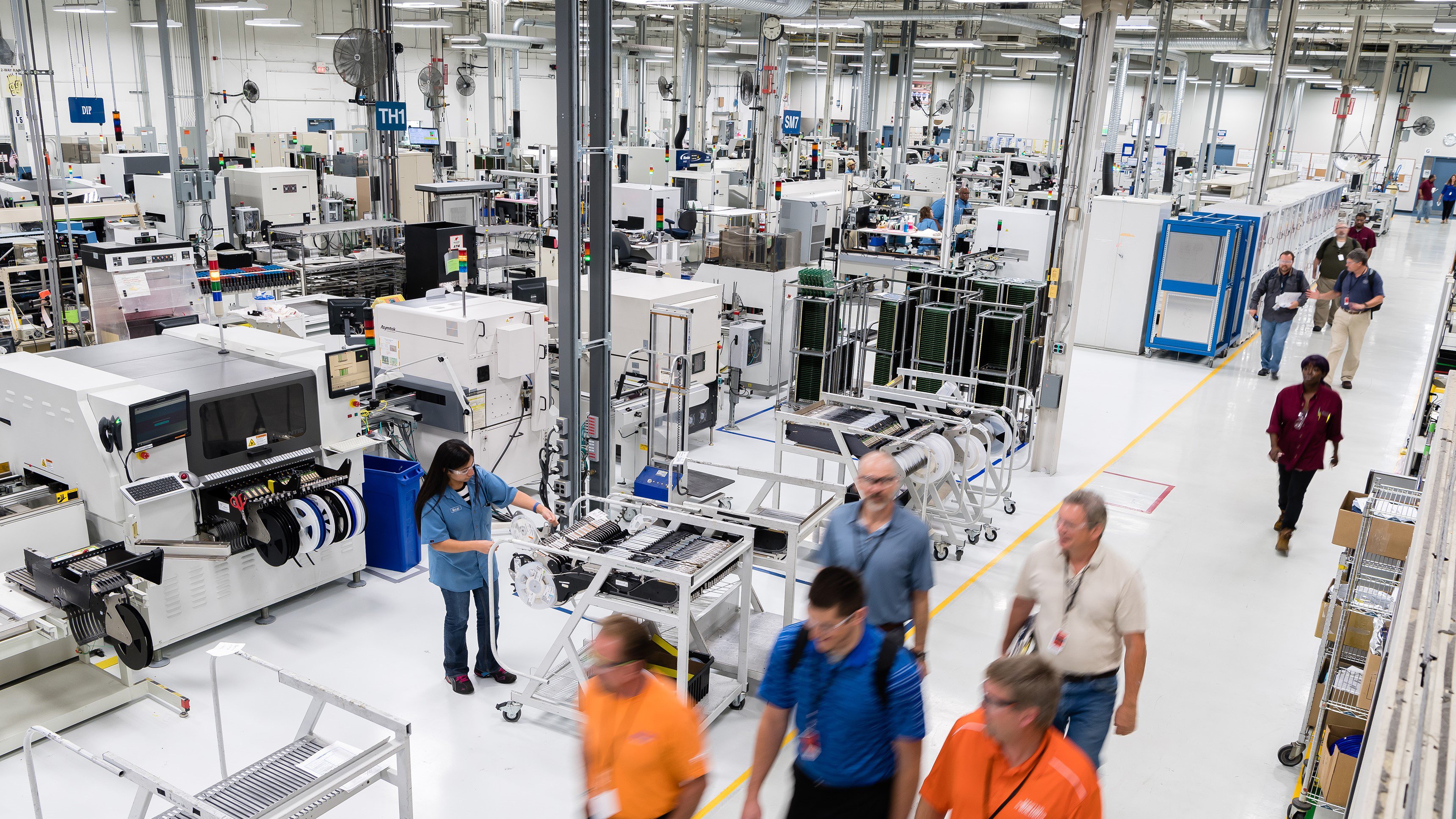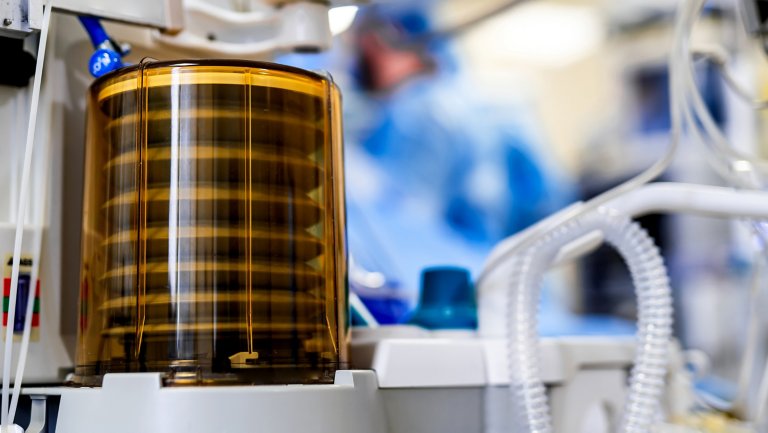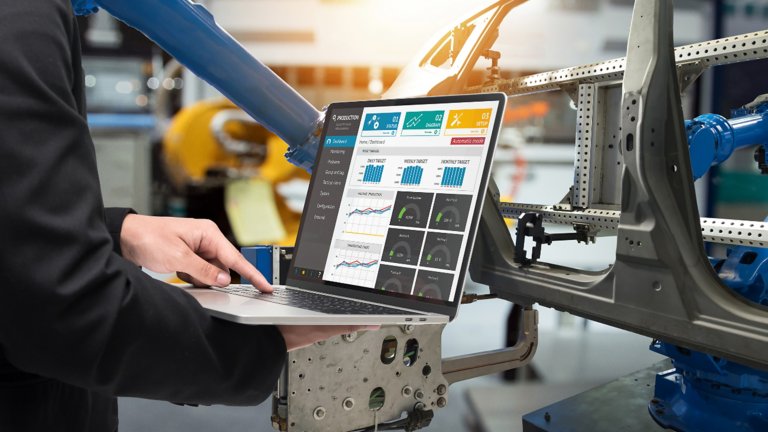As Europe experiences its second lockdown, the challenging circumstances – both at a professional level and a human one – are becoming all too familiar. Many of us had hoped for a sharp recovery from the initial lockdown period due to loosening of restrictions, improving PMI forecasting and government support during the summer months.
The second wave has however brought renewed pressures on manufacturers in seeking to protect their business over the coming months of tightening restrictions and into an uncertain 2021 post-lockdown. The focus now is to adapt, and prepare for what comes next.
The state of manufacturing in Europe
Several months on from the initial lockdown, the environment has revealed a number of challenges facing the manufacturing sector in Europe.
At a macro level, the most recent statistics have shown cautious expectations for manufacturing output in the PMI and IP data. The European Central Bank (ECB) has also suggested that a full recovery is unlikely to come before 2022, highlighting the pan-sectoral impact of the situation.
In manufacturing, specifically, we’ve seen a manifestation of latent concerns leaders have been struggling with for several years. These include the risks inherent in an over-reliance on complex global supply networks and the cost implications of a capex-heavy balance sheet during times of economic stress. No longer can these vulnerabilities be ignored if businesses are to emerge from current circumstances stronger.
The lockdown has also brought different pressures on manufacturers depending on where they sit in the supply chain. ‘End user’-facing producers have had mixed experiences. Sectors such as Home and Personal Care, Food & Beverage and Life Sciences have been subject to sudden spikes in demand, which has required agility to react fast to new demands and lean more heavily on local production.
On the other end of the spectrum, manufacturers in areas such as Automotive & Tyres and Oil & Gas are still typically cautious around the current situation due – directly or indirectly – to changing consumer habits and reduced spending. Decision-makers in such verticals are typically waiting for clarity before committing to new investments.
For OEMs, the slowdown may have a longer impact. These businesses require long production pipelines so the uncertainty around future demand, along with an inability to travel and visit customers’ sites, inhibits forward projections and makes full-recovery a seemingly distant objective.
These are long-term pressures we must deal with. However, I am an optimist. I believe we are learning to live with the virus and adapting business around the restrictions. Moving forward, its impact on the economy will be normalised and recovery will accelerate.
Preparing for a time post-COVID-19
So, what are industrial leaders doing now to adapt to the new situation? As 2021 approaches, there are several areas manufacturers are giving increased focus and priority.
- Guarantee worker safety. Operate a safe environment, including implementing shifts, social distancing, and other personal protective measures.
- Improve supply chain resilience. Ensure they have robust supply chain operations in place with guarantees on delivery of materials. Where these guarantees cannot be obtained, they need to look for other suppliers, including reshoring.
- Maintain security. New ways of operating have created unanticipated security risks. The connected nature of modern production facilities creates both virtual and physical hazards. Leaders have seen enough evidence to know they cannot have a digital transformation project without a very secure IT infrastructure.
- Improve efficiency. The recovery phase will be marked by a drive to do more, within a leaner operating structure. The focus for decision-makers is to lay the foundation through holistic, organisation-wide change.





